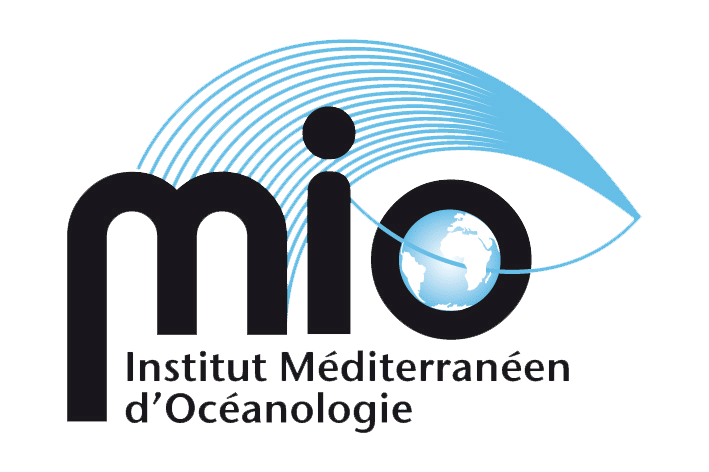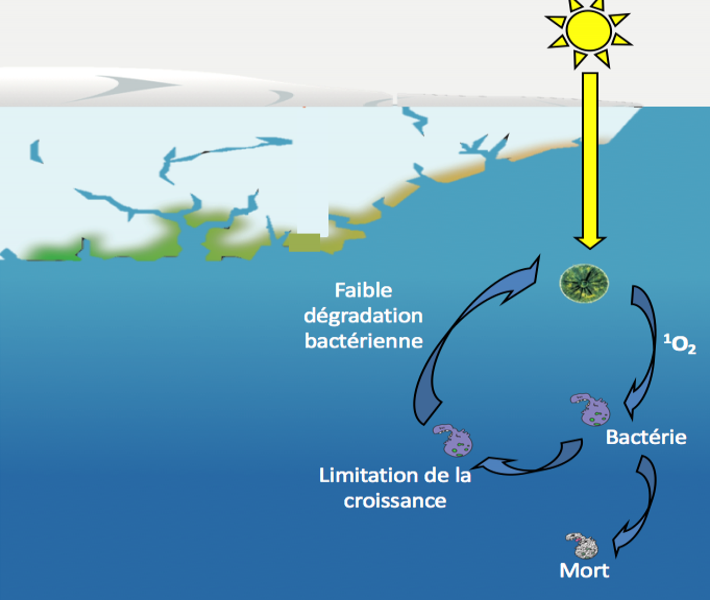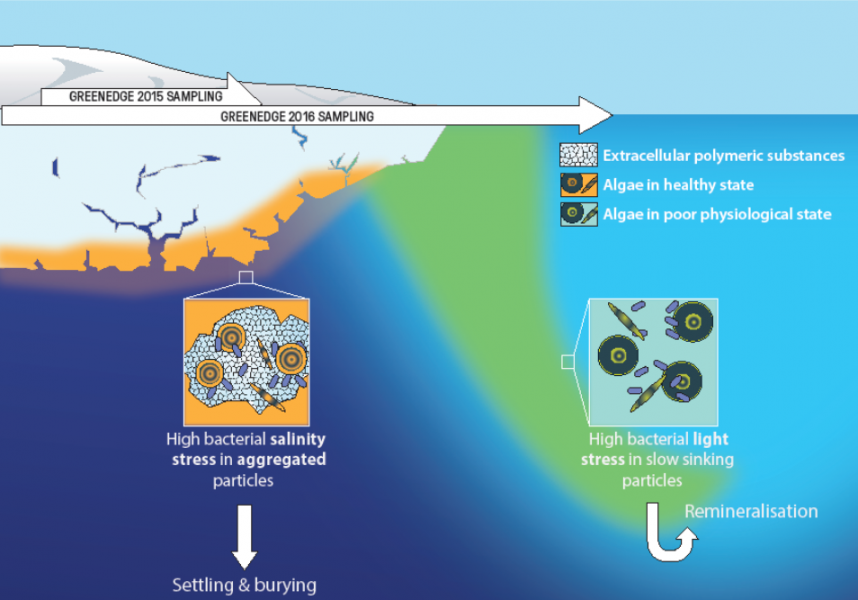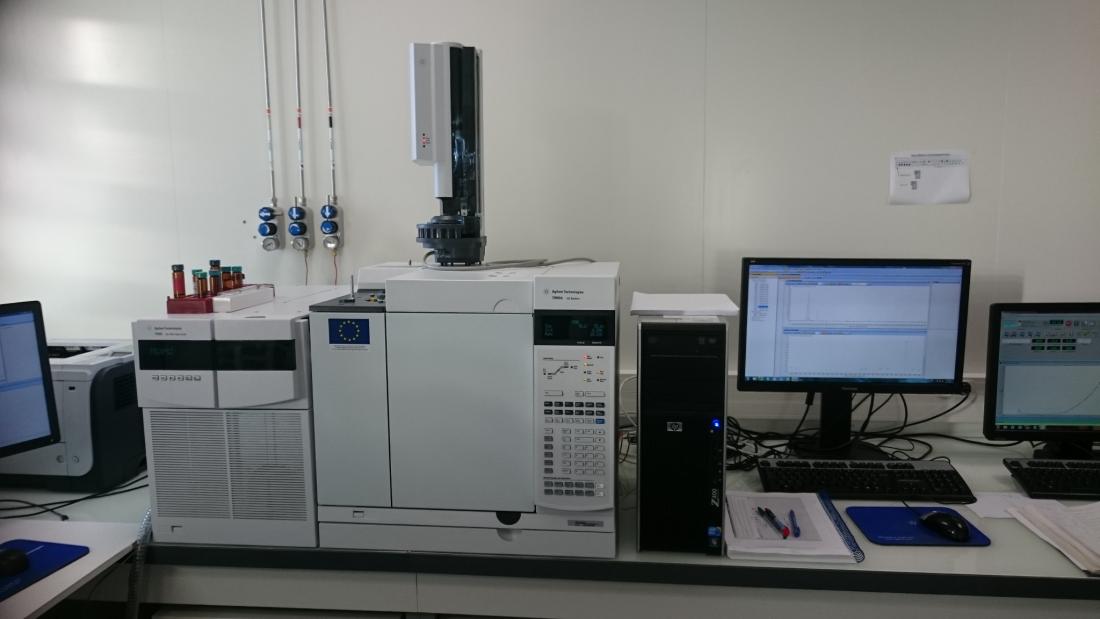Study of oxic and osmotic stress in Arctic bacteria: implications for the preservation of algal material
PI MIO : Jean François Rontani
MIO participants J-F Rontani, P. Bonin, G. Simon, L. Casalot, S. Guasco, F. Vaultier, M. Lescot, F. Armougom and C. Burot
Description
The project BACSTRESS (2017-2019) is funded by the CNRS EC2CO-Microbien structuring initiative.
L'main objective The aim of this multidisciplinary project (microbial ecology and organic biogeochemistry) is to determine the state of stress of bacteria associated with ice algae in pack ice and open water in the Arctic and to estimate its impact on the preservation of algal material.
Project progress
During the first year of the project, we were able to :
- High mortality (>60%) of bacteria attached to ice algae at the beginning and end of the ice pack melt. It is important to note that the poor physiological state of the bacteria at the end of the melt (when the flow of algal material to the bottom is at its maximum) should therefore contribute to the good preservation of the ice algae.
- Demonstrate the existence of an additional 'chemical' stress (toxicity of the free fatty acids of the ice algae to bacteria) that we had not initially envisaged and that will have to be taken into account in the second year of the project.
- Demonstrate that the 10S-hydroperoxyhexadec-8(trans)enoic acid that is widespread in the Arctic is the result of the action of a bacterial 10S-DOX on ice algae and that it is therefore a tracer of the bacterial degradation of these algae.
Publications
- Amiraux R., Belt, S.T., Vaultier FGalindo V., Gosselin M., Bonin P. and Rontani J-F. (2017). Monitoring of photooxidative and osmotic bacterial stresses in Arctic using specific lipid tracers. Mar. Chem. 194: 89-99.
- Rontani J-FAmiraux R., Lalande C., Babin M., Kim H-R. and Belt S.T. (2018). Use of palmitoleic acid and its oxidation products for monitoring the degradation of ice algae in Arctic waters and bottom sediments. Org. Geochem. 124: 88-102.







